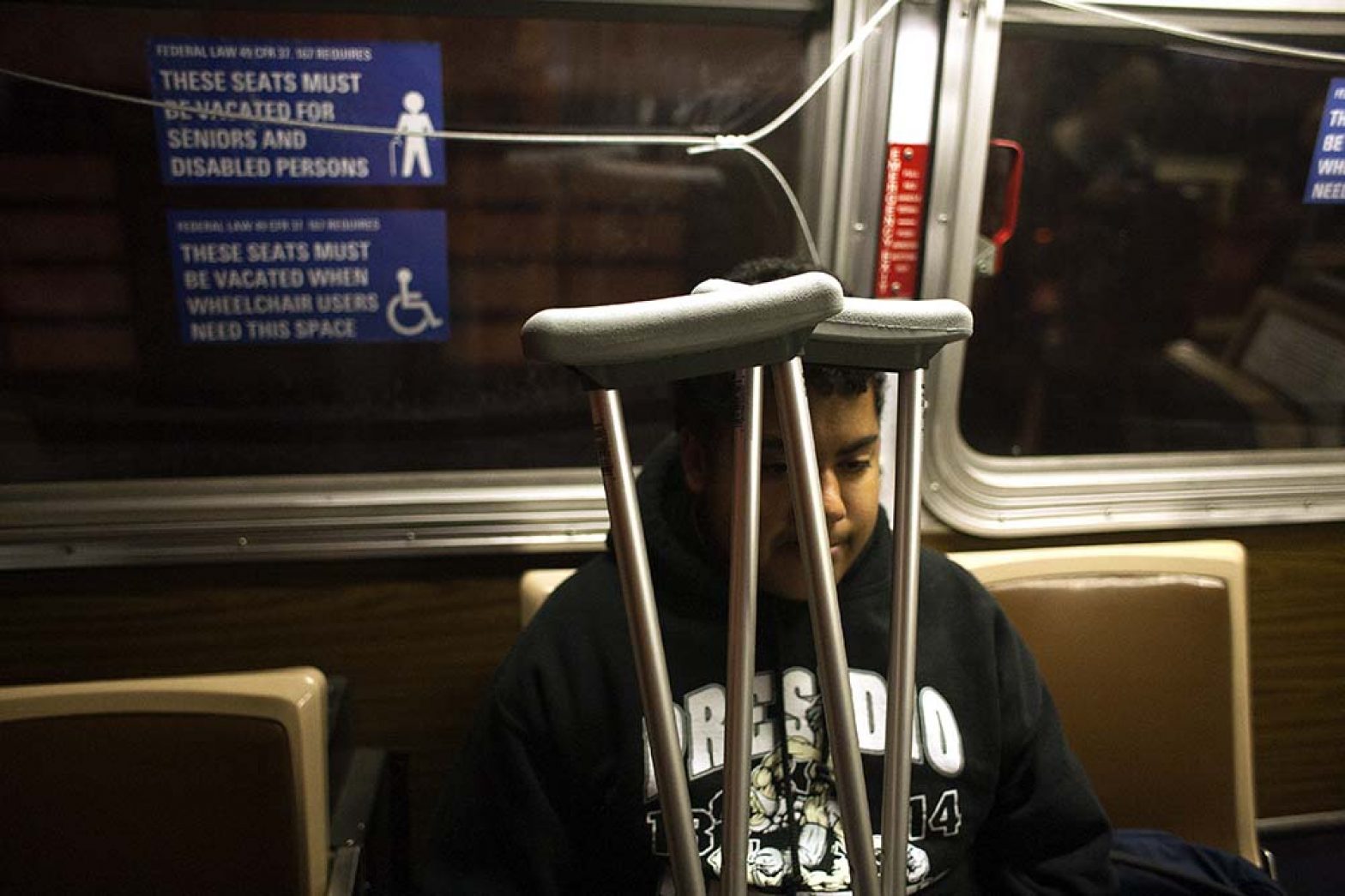Education
Data Confirm Link Between Parent Fundraising, Student Achievement
Last winter, the San Francisco Public Press published a detailed, data-rich narrative showing how private funds have saved a few schools from the ravages of years of budget cuts, but ended up exacerbating educational inequality within the San Francisco Unified School District. As a researcher for the project, I assisted the team in scouring through mountains of public documents, including budgets, California Department of Education data reports, hundreds of parent-teacher association nonprofit tax returns and statistics from other state and local agencies.







